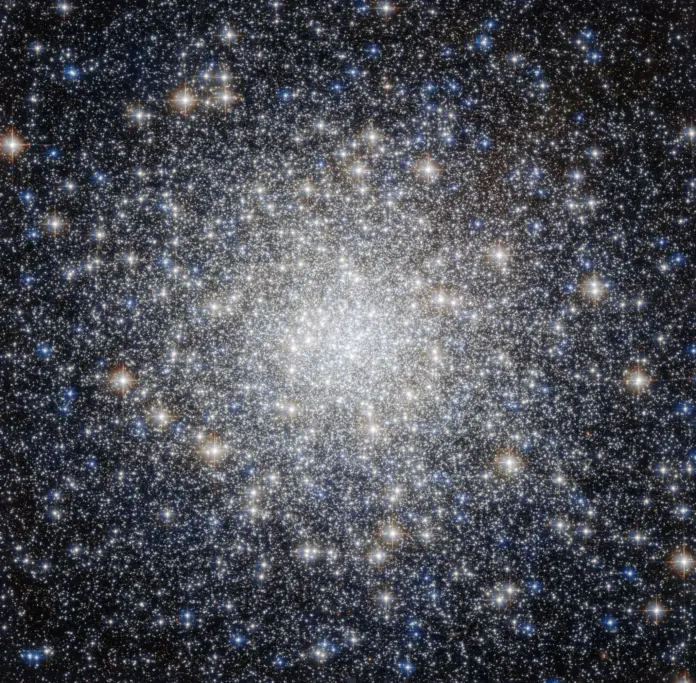
Star Clusters – The Milky Way’s Oldest Residents
Star clusters hold the honor of being some of the oldest objects both within and surrounding the Milky Way. These monumental formations often appeared around the same time as the galaxy itself. Within our own galaxy alone, one can find 150 such compact groups, each comprising hundreds of thousands to millions of stars. One such globular cluster is M92, a celestial body that is approximately as old as the universe itself.
M92 – The Distant Celestial Body Visible During Summer Nights
Situated 26,700 light years away from Earth, M92 is present in the Hercules constellation and can be spotted during the summer months with just a pair of binoculars. Both budding amateur astronomers and seasoned astrophotographers find this celestial body an ideal object to observe and capture due its size and brightness. Through a telescope, it becomes evident that M92 is not a single ‘star’, but rather a globular cluster.
The Astounding Composition of M92
This cluster comprises approximately 330,000 stars, collectively forming a sphere with a diameter of about a hundred light years. Hypothetically, if our sun was located at the center of this star cluster, our night sky would be teeming with thousands of stars, each shining much brighter than our brightest star, Sirius.
The captivating space image of the week, made by the Hubble Space Telescope, has spotlighted M92, where densely packed stars in the center are almost indistinguishable from each other.
The Element Composition of M92
Just like many other star clusters, the stars of M92 contain few heavy elements. This is largely due to the fact that the earliest generations of stars consisted predominantly of hydrogen and helium. Later generations of stars – like our sun – possess more of the heavier elements, such as oxygen, nitrogen, and carbon. In comparison, our own mother star consists of just under two percent of these heavier metals.
Is M92 as Old as the Universe?
In a scientific paper, researchers assert that M92 is likely older than thirteen billion years. They reached this conclusion through a computer simulation that incorporated 20,000 stellar populations. They then compared the results of the simulation with data from the Hubble telescope to determine the cluster’s age.











